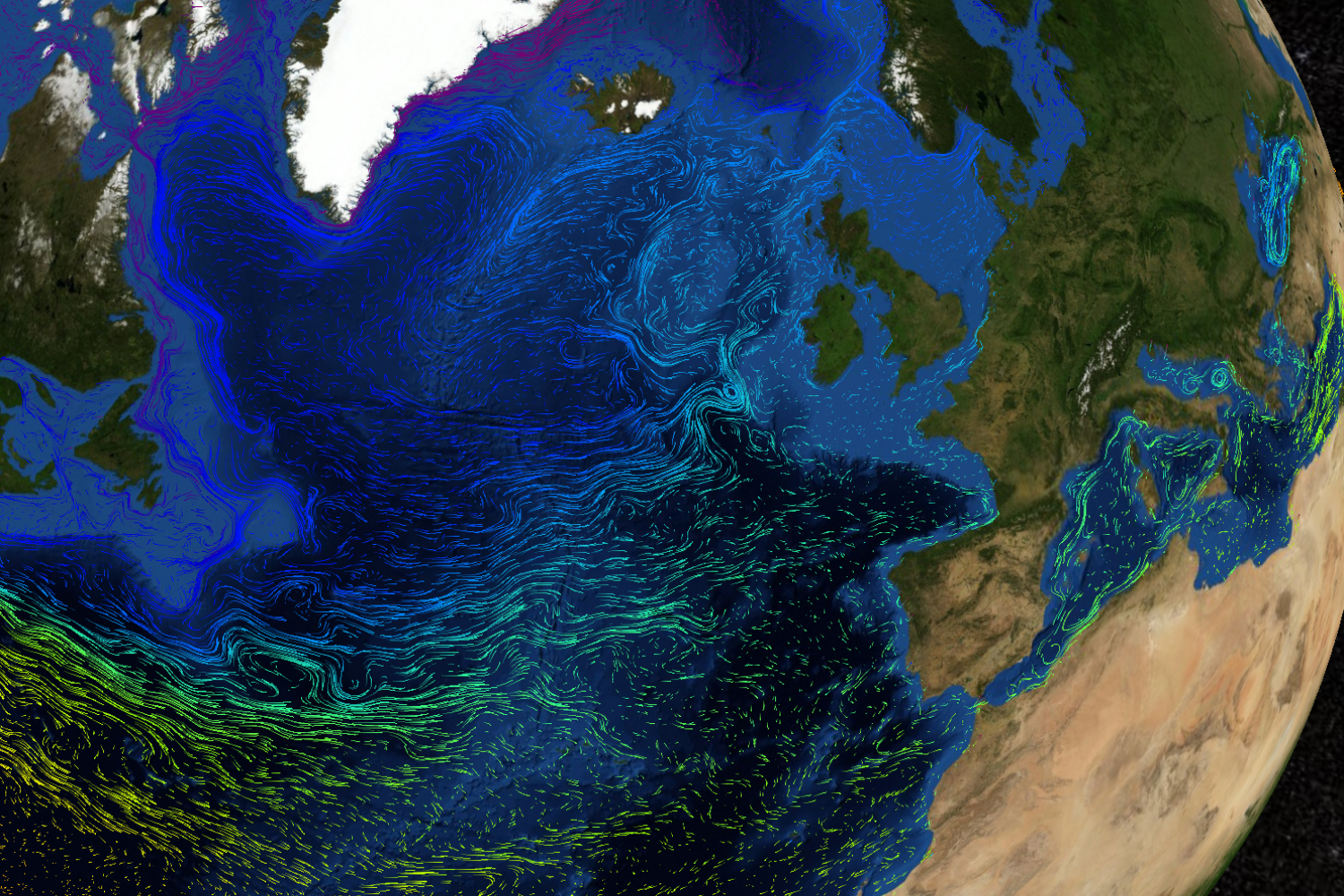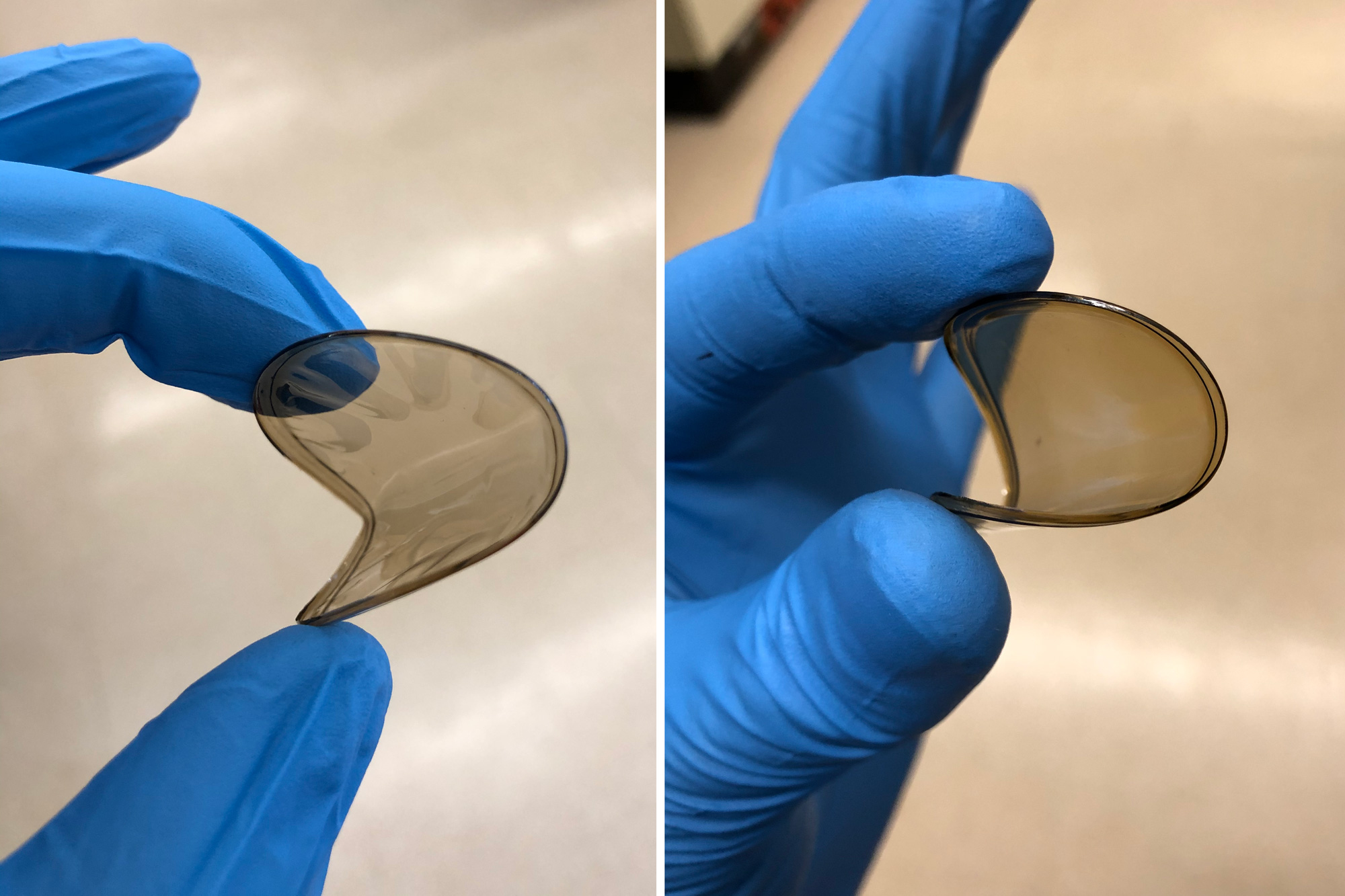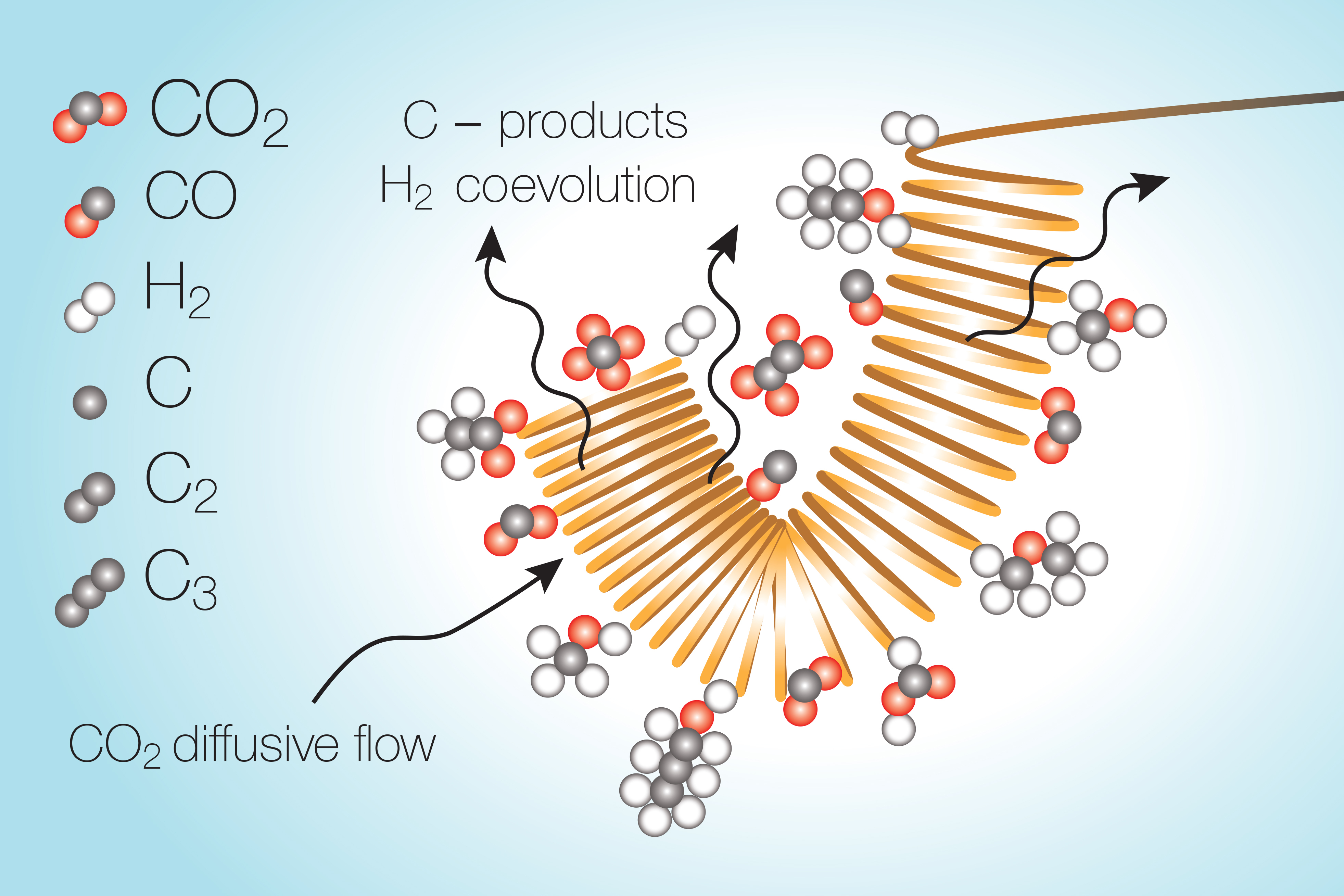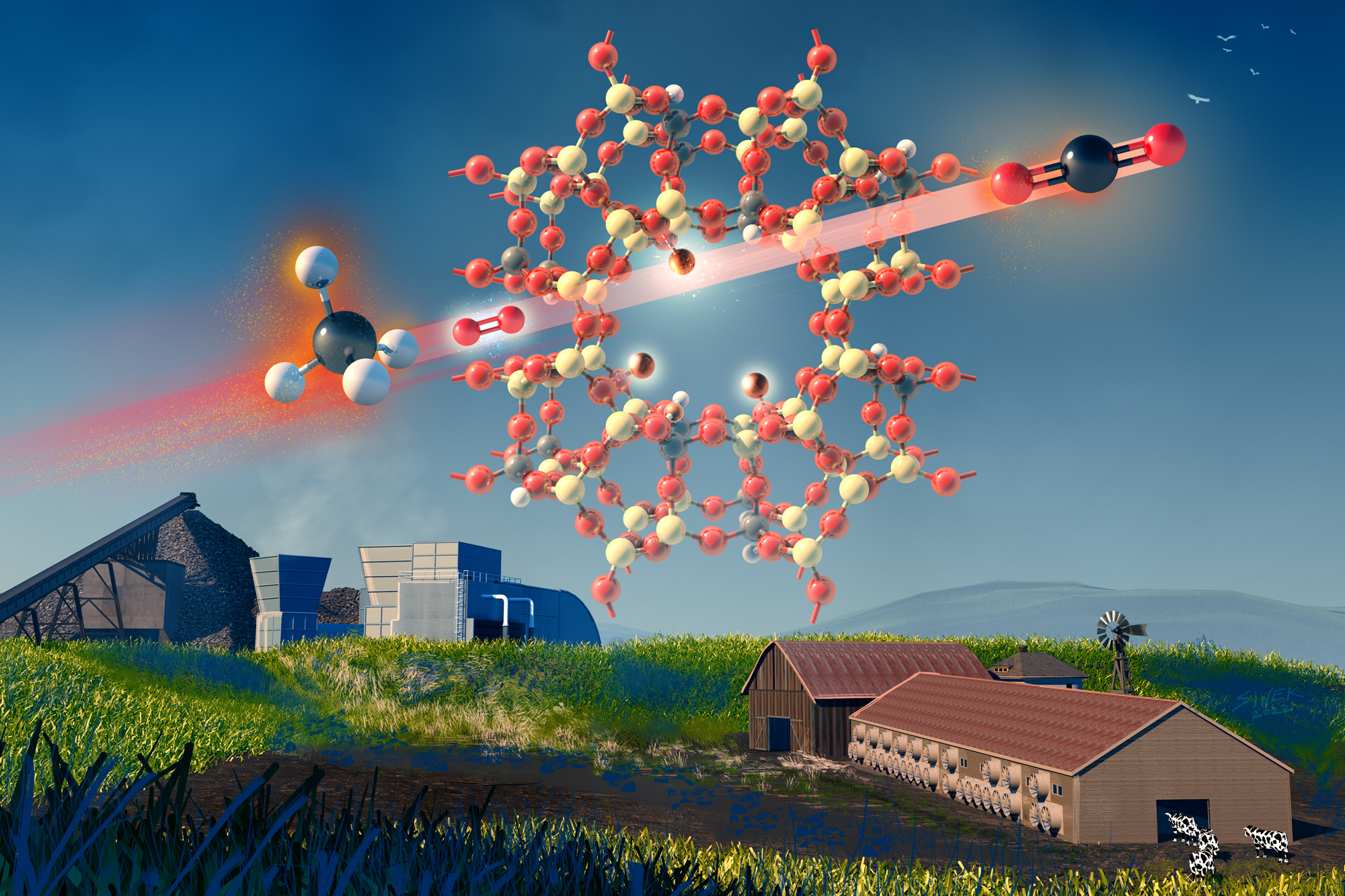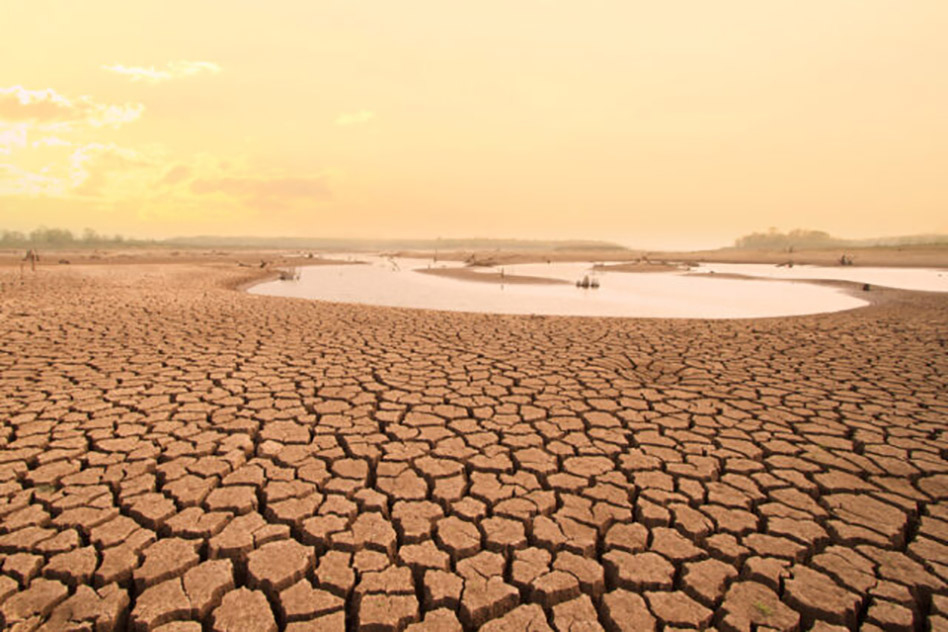Scientists project increased risk to water supplies in South Africa this century
Study underscores need for aggressive climate mitigation and adaptation policies to prevent future ‘Day Zero’ droughts in dry, populated regions around the world.
Mark Dwortzan | MIT Joint Program on the Science and Policy of Global Change •
mit
Nov. 5, 2021 • ~4 min
Nov. 5, 2021 • ~4 min
/
14

